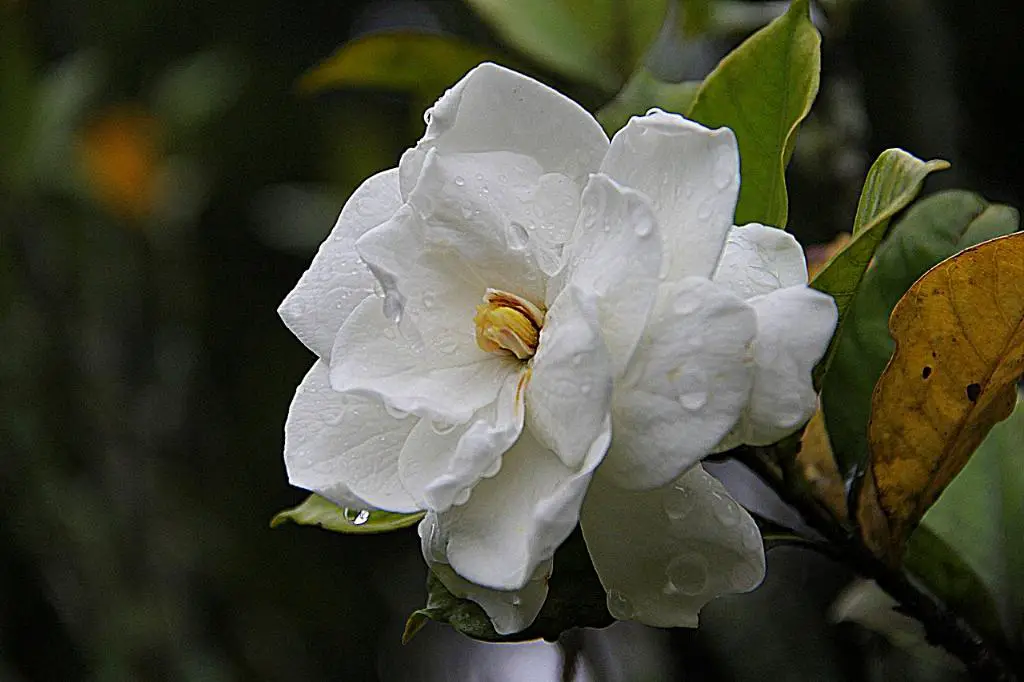Gardenias, with their beautiful, fragrant flowers, are a popular choice for gardeners looking to add elegance and charm to their outdoor spaces. However, it can be disappointing when your gardenia plant fails to bloom as expected. In this article, we will delve into the reasons why your gardenia might not be blooming and provide you with practical tips to encourage blooming.
Reasons for Lack of Blooming in Gardenias
One common reason gardenias fail to bloom is insufficient sunlight exposure. These plants need plenty of light to trigger bloom and bud development. If your gardenia is not receiving adequate sunlight, it may struggle to produce flowers.
Improper watering practices can also lead to a lack of blooming in gardenias. During hot, dry summers, gardenias should be watered deeply at least once per week to prevent bud drop. In cooler areas, freezing temperatures below 15 degrees Fahrenheit can kill flower buds, impacting blooming.
Nutrient deficiencies and pH imbalance in the soil can hinder blooming in gardenias. Ensuring that your gardenia soil is rich in nutrients and maintaining the proper pH balance will support healthy flower production.
Pruning neglect can also affect the blooming of gardenias. Proper pruning techniques promote branching and flowering, so regular maintenance is essential to encourage blooms.
Pests and diseases can also impact the blooming of gardenias. Insect infestations or diseases affecting the plant can thwart flower production, so taking preventative measures to protect your gardenias is crucial.
How to Encourage Blooming in Gardenias
To promote blooming in your gardenias, ensure they are receiving adequate sunlight. Place them in a spot where they can get at least six hours of direct sunlight each day.
Implement proper watering techniques, ensuring that your gardenias receive deep watering to keep the soil consistently moist but not waterlogged.
Fertilizing your gardenias with a balanced fertilizer formulated for acid-loving plants can help promote blooming. Follow the instructions on the fertilizer package for best results.
Adjusting soil pH levels to slightly acidic conditions (around 5.0 to 6.5) can also encourage blooming in gardenias. You can use soil amendments or acidifiers to achieve the ideal pH balance.
Practice proper pruning techniques to remove dead or overgrown branches, promoting new growth and blooming. Pruning in late spring or early summer after the plant has finished flowering is recommended.
Lastly, implement preventative measures against pests and diseases by regularly inspecting your gardenias for any signs of trouble and treating them promptly to protect against blooming issues.
Conclusion
In conclusion, understanding the reasons behind your gardenia not blooming can help you take proactive steps to encourage flower production. By addressing factors such as sunlight exposure, watering practices, soil nutrition, pruning, and pest control, you can create optimal conditions for your gardenias to bloom beautifully. With the right care and attention, your gardenias will reward you with abundant, fragrant flowers, adding beauty and charm to your garden.

